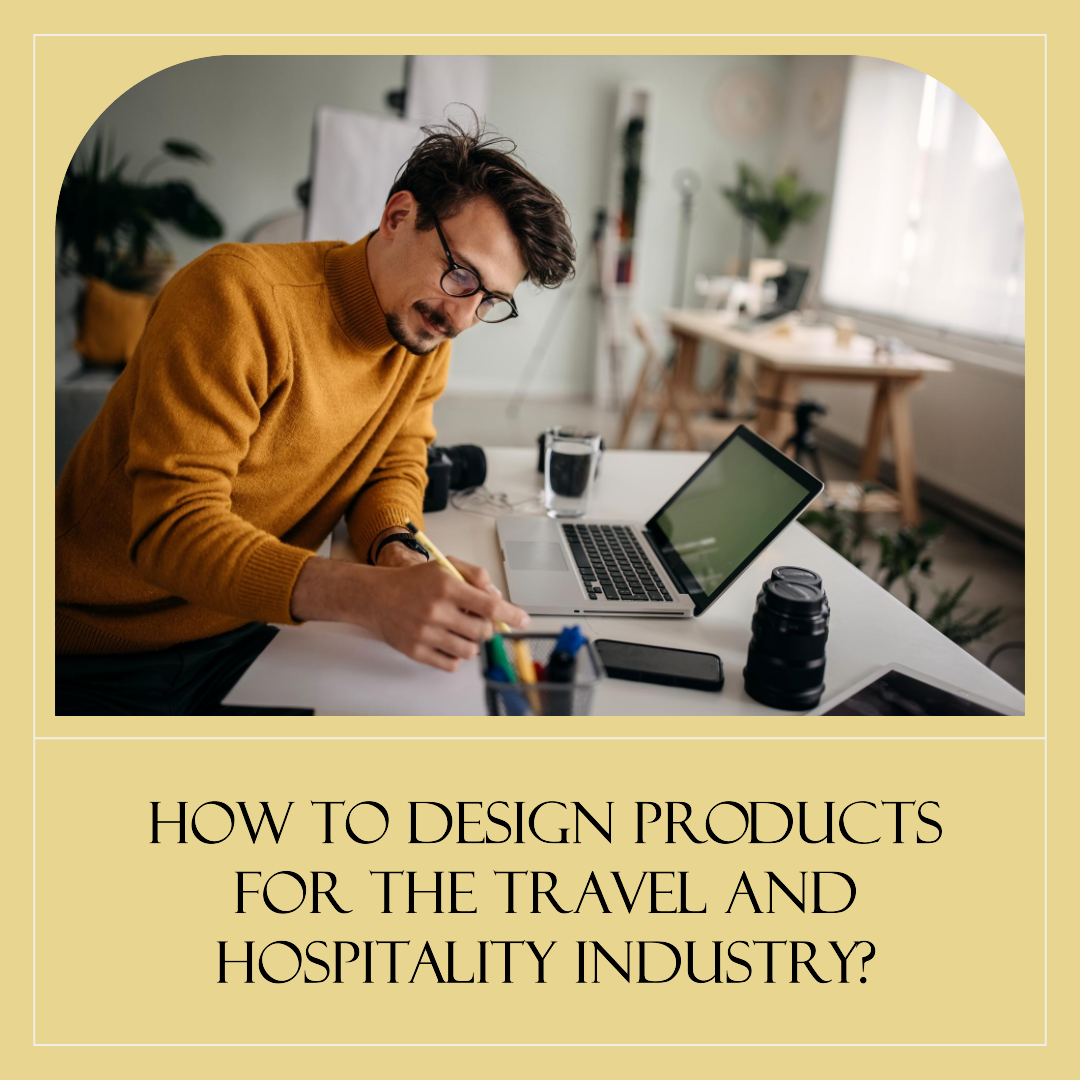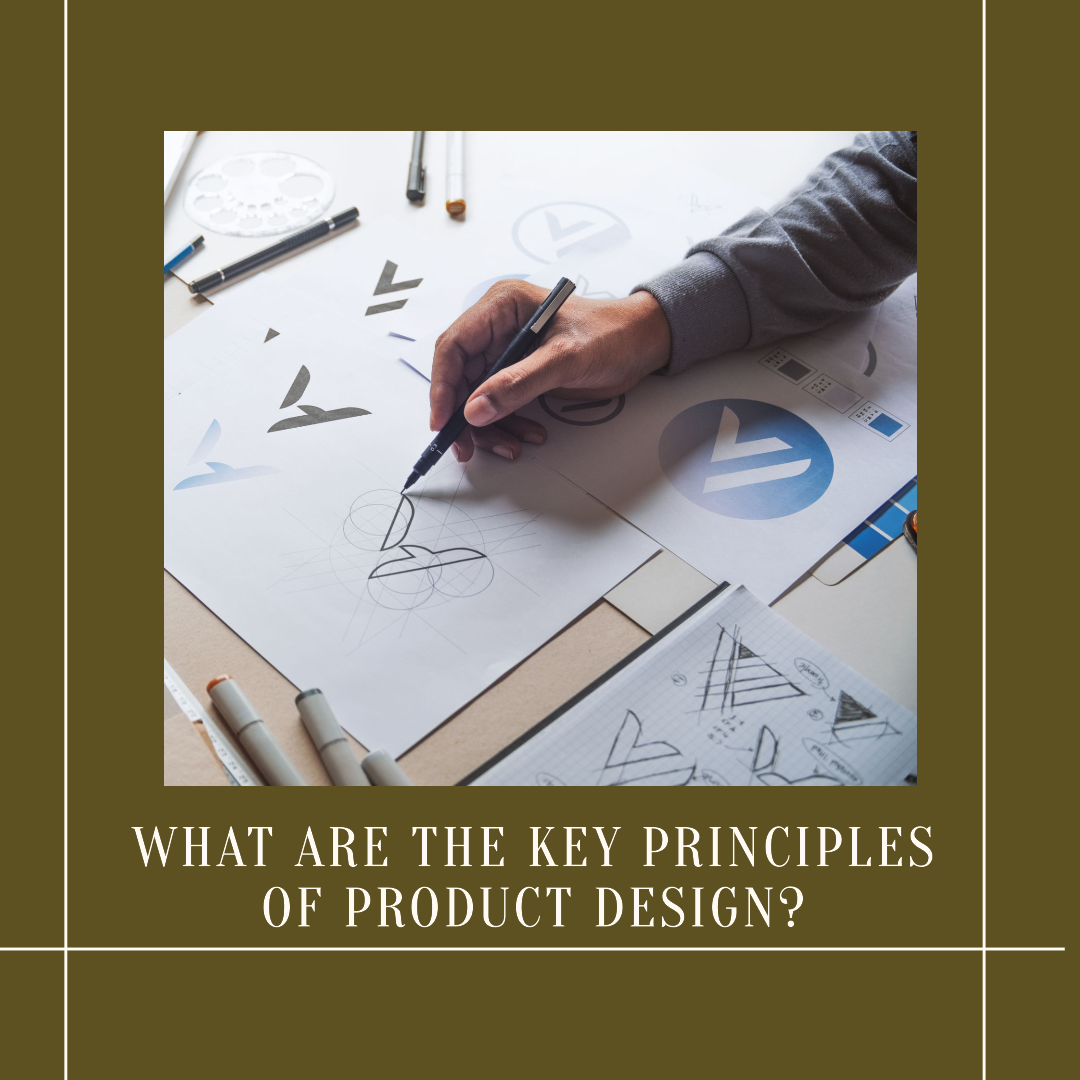How to design products for the travel and hospitality industry?
Introduction
The travel and hospitality industry is constantly evolving, and so too must the products and services that it offers. In order to stay ahead of the curve, businesses in this sector need to be able to design products that meet the changing needs and expectations of their customers.
There are a number of factors that businesses need to consider when designing products for the travel and hospitality industry. These include:
- Customer needs and expectations: What are the needs and expectations of the target market? What are they looking for in a travel or hospitality product?
- Industry trends: What are the latest trends in the travel and hospitality industry? What new technologies and innovations are emerging?
- Competitive landscape: What are the competitors doing? What are their strengths and weaknesses?
- Brand identity: What is the brand identity of the business? How should the product reflect the brand values?
Product Design Process
The product design process for the travel and hospitality industry can be broken down into the following steps:
- Identify the problem or opportunity: What is the problem or opportunity that the product is trying to solve or address?
- Define the target market: Who is the target market for the product? What are their needs and expectations?
- Research the competitive landscape: What are the competitors doing? What are their strengths and weaknesses?
- Develop a product concept: What is the core idea of the product? How will it work?
- Design the product experience: How will the customer interact with the product? What will their experience be like?
- Develop a prototype: Create a working model of the product to test and refine the design.
- Test the product with users: Get feedback from users on the prototype to identify any areas for improvement.
- Launch the product: Once the product is ready, launch it to the market.
Product Design Principles
There are a number of product design principles that businesses in the travel and hospitality industry should keep in mind. These include:
- User-centered design: The product should be designed around the needs and expectations of the user.
- Simplicity: The product should be easy to use and understand.
- Efficiency: The product should help the user to achieve their goals quickly and easily.
- Flexibility: The product should be adaptable to different user needs and contexts.
- Aesthetics: The product should be visually appealing.
Specific Considerations for Product Design in the Travel and Hospitality Industry
There are a number of specific considerations that businesses in the travel and hospitality industry need to keep in mind when designing products. These include:
- Mobility: Many travel and hospitality products are used on the go, so they need to be mobile-friendly and easy to use on smartphones and tablets.
- Personalization: Travel and hospitality products should be personalized to the individual user’s needs and preferences.
- Social media integration: Travel and hospitality products should be integrated with social media so that users can share their experiences with friends and family.
- Localization: Travel and hospitality products should be localized for different markets, taking into account cultural differences and language barriers.
Examples of Well-Designed Travel and Hospitality Products
Here are a few examples of well-designed travel and hospitality products:
- Airbnb: Airbnb is a platform that allows people to rent out their homes to travelers. It is a well-designed product because it is easy to use, offers a wide variety of accommodations, and is personalized to the individual user’s needs.
- Booking.com: Booking.com is a travel website that allows users to book flights, hotels, and other travel services. It is a well-designed product because it is comprehensive, easy to use, and offers competitive prices.
- TripAdvisor: TripAdvisor is a website where users can read and write reviews of travel destinations, hotels, restaurants, and other attractions. It is a well-designed product because it is informative, easy to use, and helps users to make informed decisions about their travel plans.
Conclusion
By following the product design process and keeping in mind the specific considerations for the travel and hospitality industry, businesses can create products that meet the needs and expectations of their customers. This can help businesses to stay ahead of the competition and succeed in this competitive market.








